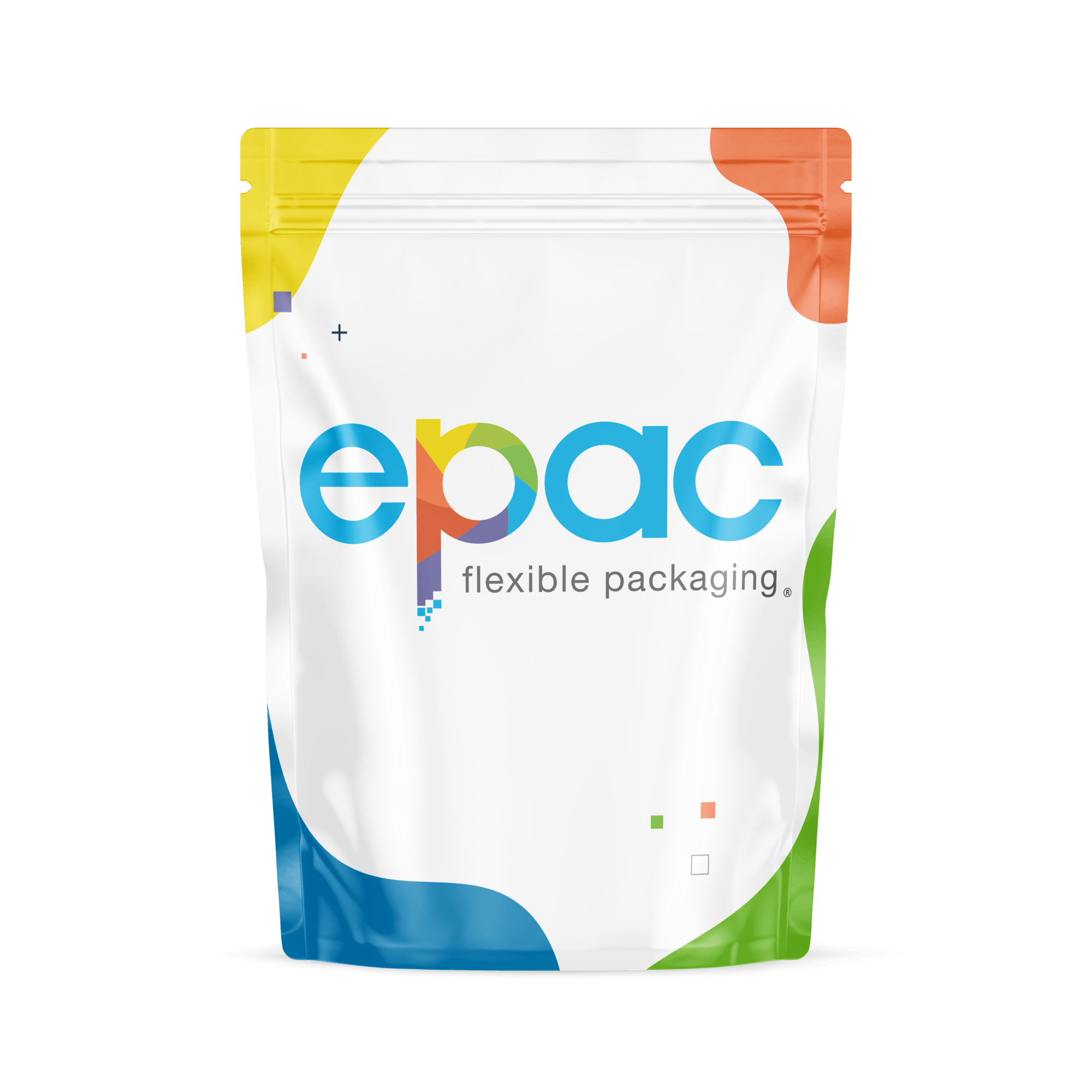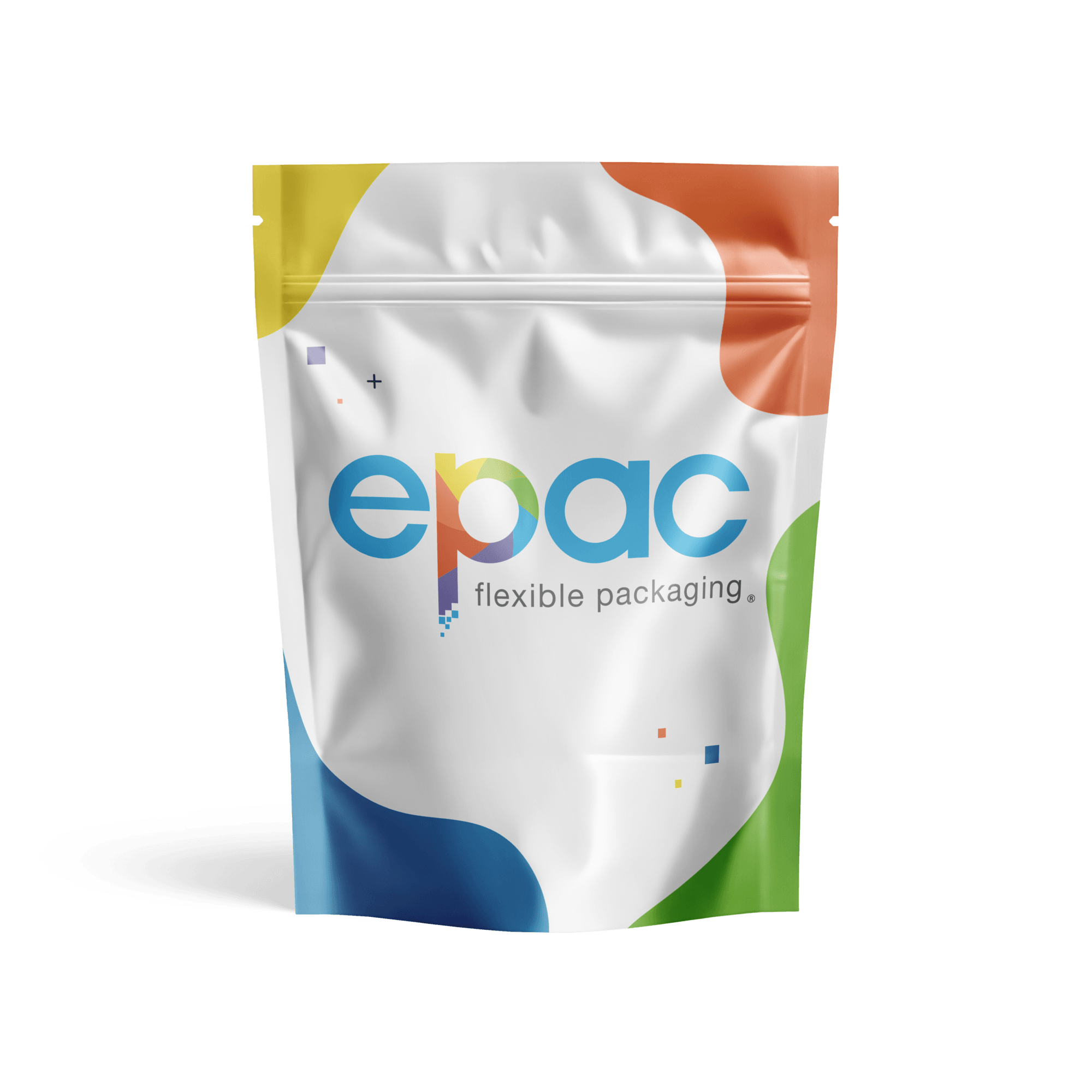Frozen foods have become a staple of the “go go go” lifestyle of today’s over-achieving cultural environment.
In between getting your kids to their violin lesson or soccer practice, putting on a nice shirt for your 3rd Zoom meeting of the day, and getting your daily work out in, when is there time to cook that healthy meal your nutritionist said you needed?
In come frozen foods to the rescue, with ever-advancing technologies to prepare, preserve and package nutritionally intact and delicious meals for when you don’t have time to cook (which is never).
With advances in packaging technology and an increasing demand for convenient and high-quality frozen products, the way we package, ship, and distribute frozen foods has undergone a transformation. Let’s dive into the world of frosty delicacies and discover how to navigate the nuances of handling frozen foods.
How to Package Frozen Foods for Shipping
Packaging frozen foods for shipping requires a delicate balance between protection and preservation. Here are some steps to ensure your frozen products reach their destination intact:
Insulation is Key: The first line of defense against thawing is proper insulation. Use packaging materials like foam coolers, gel packs, or dry ice to maintain the cold chain during transit.
Quality Packaging: Choose packaging materials that are designed to withstand freezing temperatures without compromising structural integrity. Look for materials that are leak-proof and resistant to moisture.
Air-Tight Sealing: Prevent moisture infiltration by ensuring your packaging is air-tight. Vacuum sealing, air-tight bags, and heat-sealed pouches are excellent options to keep your products free from freezer burn.
Label Clearly: Clearly label your packages as “Frozen” to alert handlers and consumers. Include handling instructions, storage requirements, and any thawing guidelines for a smooth experience.
Steps for Shipping Frozen Foods
Pre-Chill: Before packing, make sure your frozen products are pre-chilled to their optimal temperature. This ensures that the cold chain remains unbroken.
Quality Packaging: As mentioned earlier, choose packaging materials that are specifically designed for frozen foods. Invest in materials that maintain the required temperature for extended periods.
Arrange Properly: Arrange your frozen items within the package to ensure even cooling distribution. This prevents certain items from freezing together in an unappetizing clump.
Layering: Use layers of insulation between frozen items. This provides an additional buffer against temperature fluctuations.
Quick Shipping: Opt for expedited shipping methods to minimize the time your frozen products spend in transit. This is especially crucial for items with shorter shelf lives.
Common Challenges of Shipping Frozen Foods
Navigating the world of shipping frozen foods isn’t without its challenges:
Temperature Fluctuations: The battle against temperature fluctuations is ongoing. Changes in climate and handling during transit can pose a risk to the integrity of your frozen products.
Thawing and Refreezing: If frozen foods thaw and then refreeze during transit, it can affect their texture, taste, and overall quality.
Storage Space: Frozen products require more storage space and specialized facilities to maintain their freshness until they reach consumers.
Distributing Frozen Foods
Distributing frozen foods involves a careful choreography to ensure that the cold chain remains unbroken:
Logistical Planning: Plan your distribution network to minimize the time your products spend in transit. Strategically located distribution centers can help ensure efficient and timely deliveries.
Temperature Monitoring: Implement temperature monitoring systems to track your products’ journey from the moment they leave your facility until they reach the consumer’s doorstep.
Partnering with Experts: Collaborate with packaging and logistics experts who understand the intricacies of shipping frozen goods. Their insights can help you navigate challenges and optimize your distribution processes.
Key Takeaways
In the intricate dance of packaging, shipping, and distributing frozen foods, precision is your closest companion. As technology continues to evolve, so does our ability to preserve the quality and integrity of frozen products.
Remember these key takeaways as you embark on your journey through the icy realm of frozen food distribution:
- Invest in high-quality packaging materials that are specifically designed for frozen foods. This ensures that your products not only arrive intact but also delight consumers with their freshness.
- Keep a vigilant eye on temperatures throughout the distribution process. From the moment your products leave your facility to the time they reach consumers, maintaining the cold chain is non-negotiable.
- Collaborate with experts who understand the complexities of frozen food distribution. Their insights can help you overcome challenges, optimize your processes, and deliver exceptional products to your customers.
- The world of frozen food distribution is ever-evolving. Stay attuned to industry trends, technological advancements, and consumer preferences to continually refine your approach.
In the landscape of frozen food distribution, precision meets innovation, and packaging becomes an art of preservation. By embracing the latest technologies, forming strategic partnerships, and staying committed to quality, you can navigate the challenges and delight your customers with a frosty culinary journey like no other.



